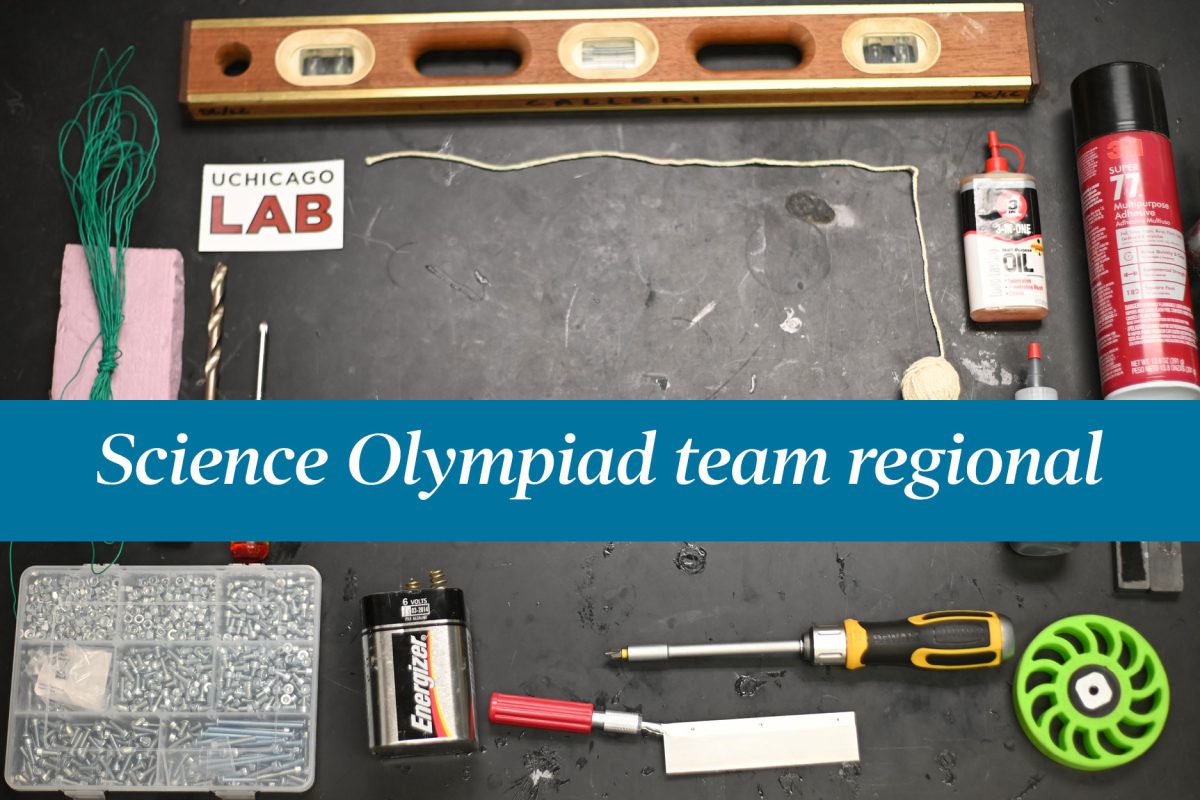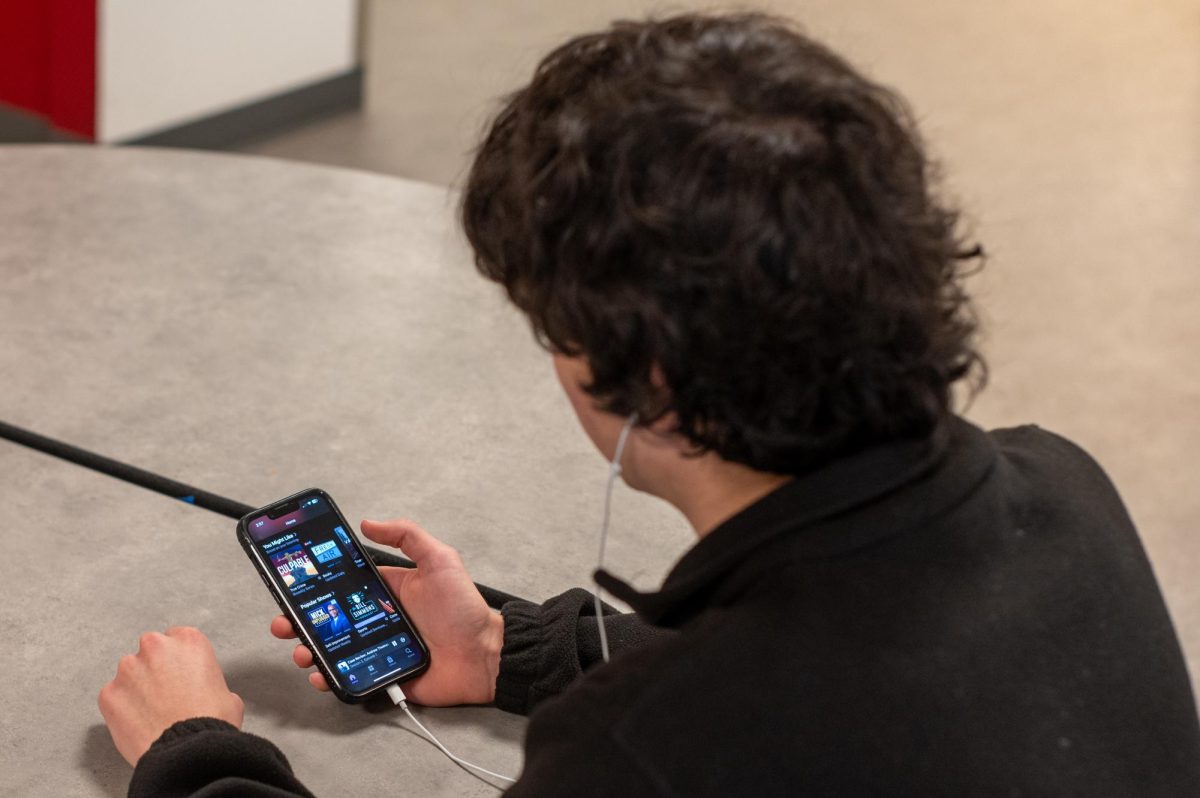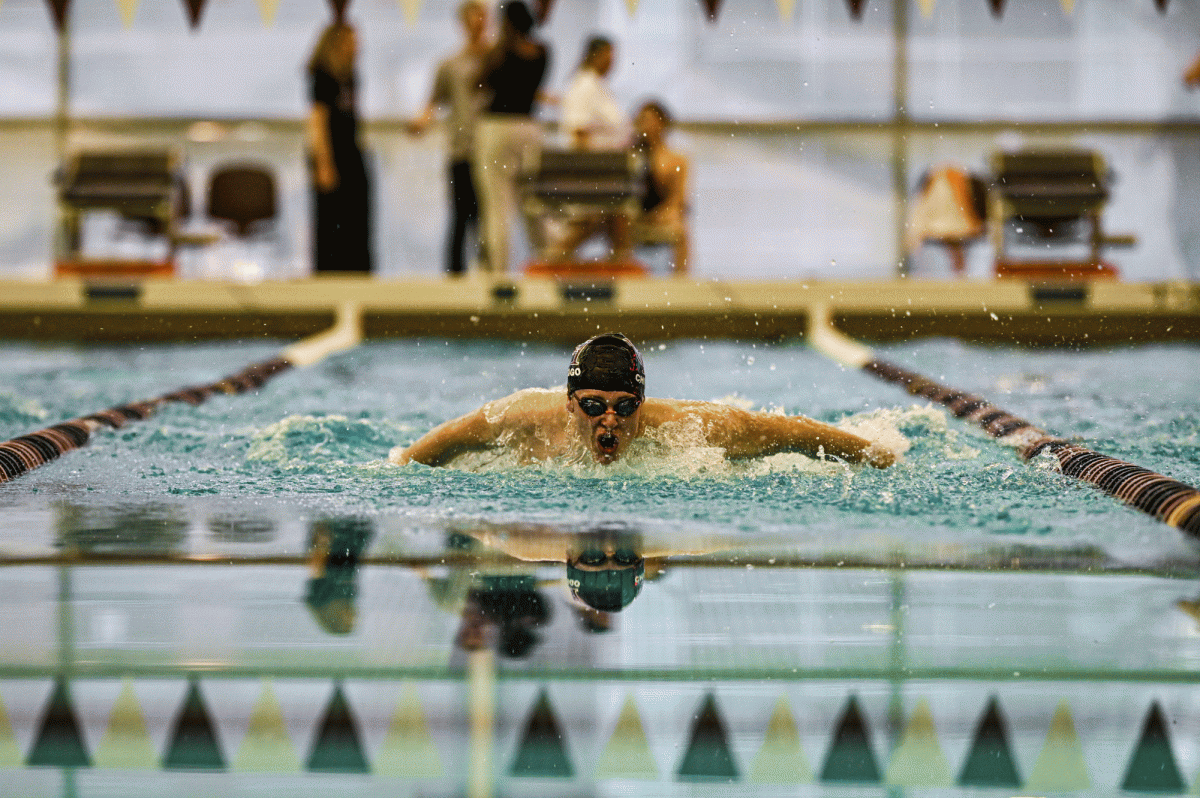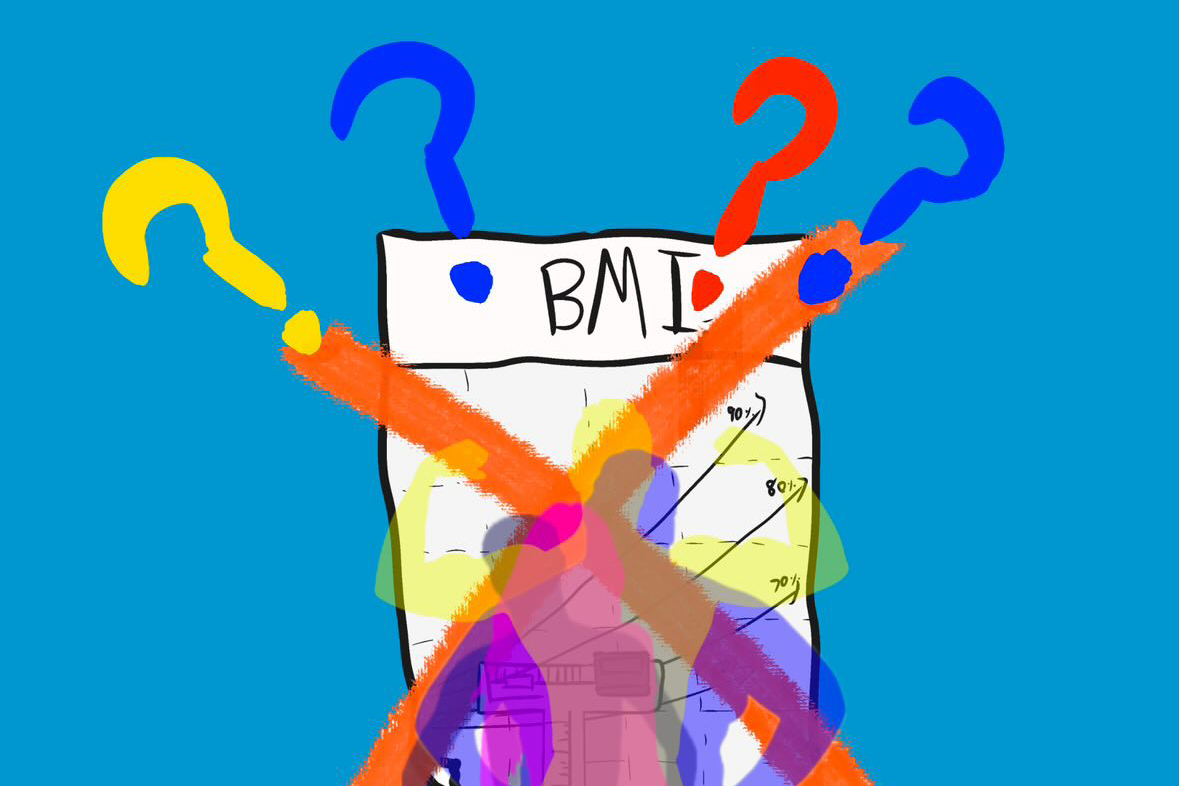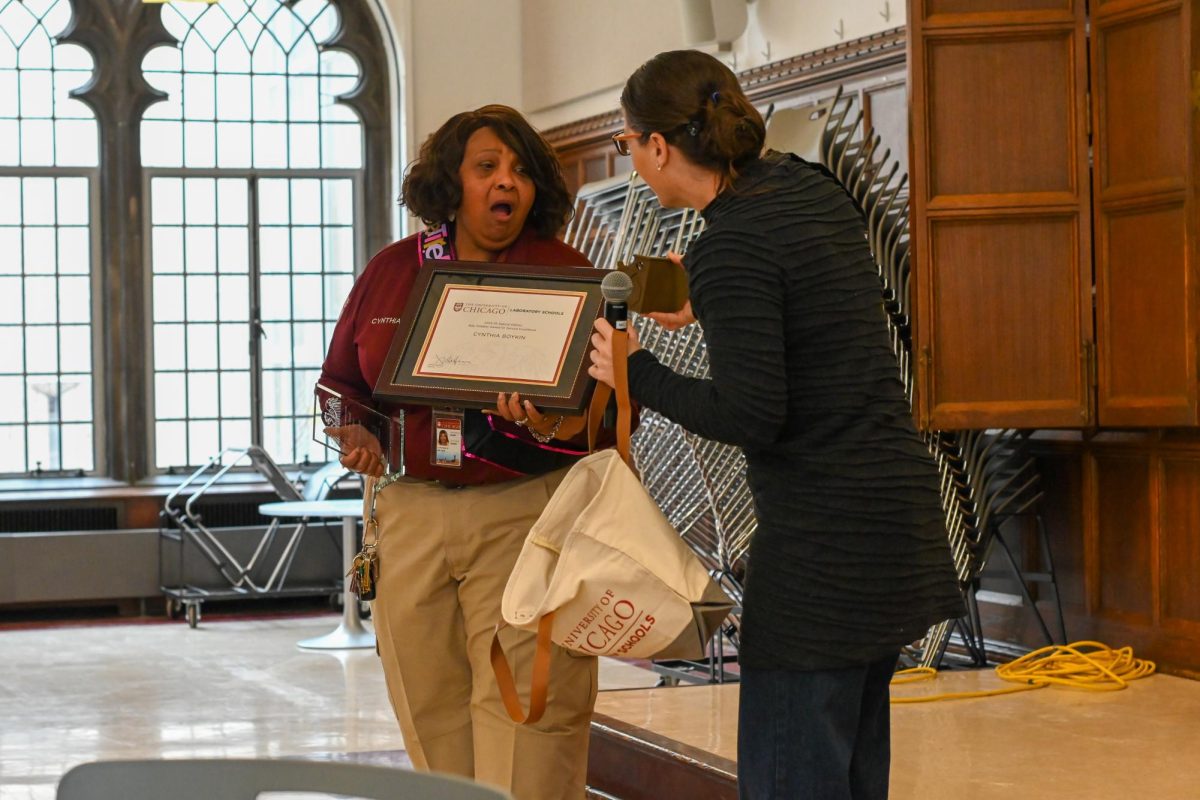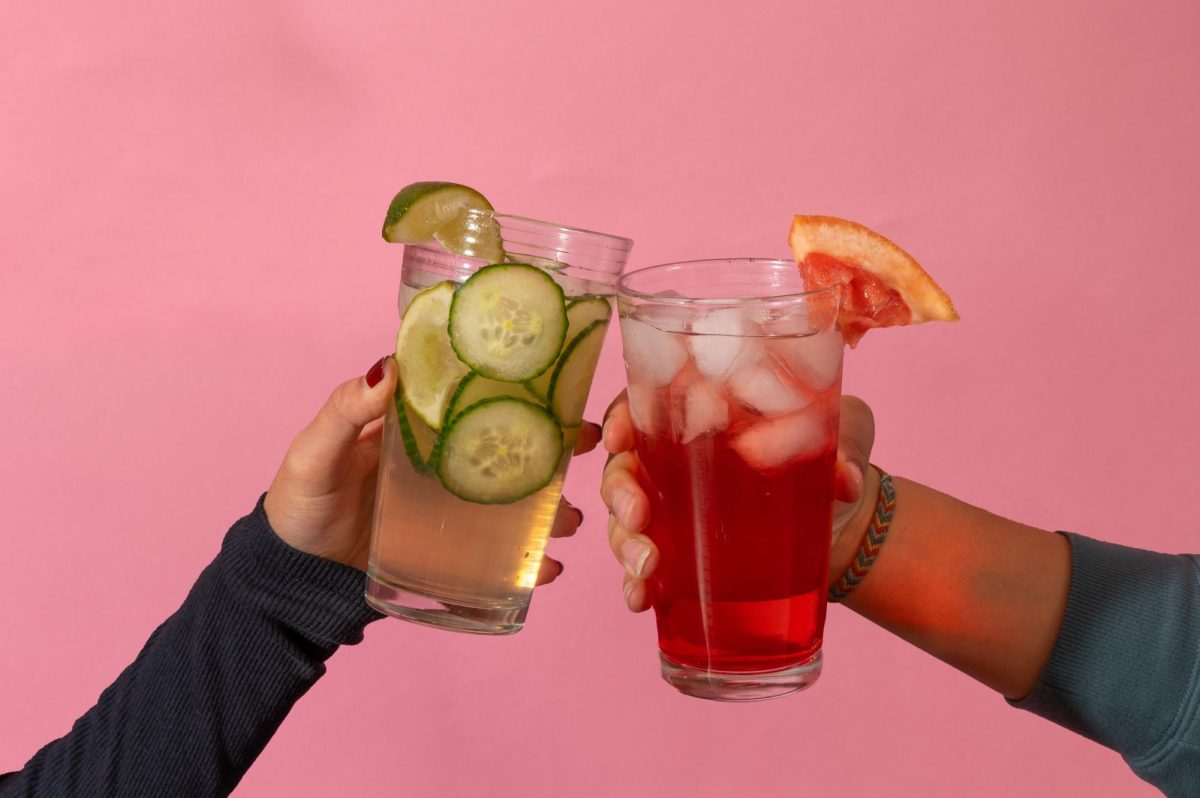Ice crunches. A bottle cap hits the counter top with a hollow click. The scent of maraschino cherries hangs in the air. One of the most well-known mocktails is the Shirly Temple, made with Sprite or 7 Up, grenadine syrup, ice and, of course, maraschino cherries.
But mocktails don’t stop with Shirly Temples.
Mocktails are more than a passing trend, or just an alternative to an alcoholic drink. They are quickly becoming a way to connect with friends, and a way to explore fun and interesting experimental drinks.
Along with the rise in mocktail popularity, there is a decline in alcohol consumption, especially in younger generations. On TikTok, the hashtag #mocktails has over 1 billion views.
“I just think it’s just a new age,” said Justin Ware, a bartender at Truth Be Told, a tavern-style restaurant just across the Midway Plaisance from Lab.
And he’s not alone in this belief. Mary Moss, the owner of Beverly Dry Goods, a boutique in Chicago’s Beverly neighborhood that sells mixers, spirits and candles, seconded Mr. Ware’s thoughts.
“It’s growing even proportionately larger in the Gen Z market,” Ms. Moss said.
Ms. Moss explained that her business has grown to reflect this change in taste over the past four years.
“We opened in July of 2020. And we started carrying NA’s in October of 2020,” she said, using an abbreviation for nonalcoholic. “At the time, it was just maybe two shelves on a bookcase. And now it’s 75% of my store.”
Andrea King, a UChicago professor of psychiatry and behavioral neuroscience who focuses on substance disorders, thinks this uptick in mocktails comes with positives and negatives.
“On one hand, this is a positive change, to allow people to have more choices when they are out, or making drinks at home. It normalizes not drinking alcohol and may improve health,” Dr. King said. “On the other hand, for people with alcohol use disorder, a mocktail may be too close to the real thing and be a trigger or cue for them to then crave the alcohol-containing version of that drink.”
While some people see mocktails as a way to explore new drinks, others see it as a way to form bonds.
Hana Javed, a U-High junior, makes mocktails as a way to connect with her friends and family.
“My mom wanted to make them as a family when I was little,” she said. “She bought grenadine and Sprite and we would make Shirley Temples together.”
As a kid, Hana liked making mocktails with her close family and cousins, not only because of the time she spent with them, but also because mocktails made her feel grown up.
“When I was little I would pretend they were like, serious mixtures,” she said.
But not every mocktail she made was a hit. She remembers mixing all the sodas in her house together to make a unique concoction.
Ms. Moss also talked about things to keep in mind when experimenting with mocktails.
“Try a multitude of flavors,” she said, “and realize that if you’re substituting nonalcoholic spirits you need to use a little bit more flavor.”
Mr. Ware’s advice for young people who are new to mocktails was to explore.
“Don’t be afraid to venture out there. There’s an array of ingredients for everyone. Any cocktail with alcohol can be made into a mocktail,” he said.
Dr. King explained that mocktails are growing more popular because of social media.
“I do think the direction of this movement shows growth each year,” she said. “Social media is fueling that, so I believe it will likely continue in popularity, particularly for people wanting to curtail their alcohol consumption for health, personal or financial reasons, and not feel alone in that endeavor.”







